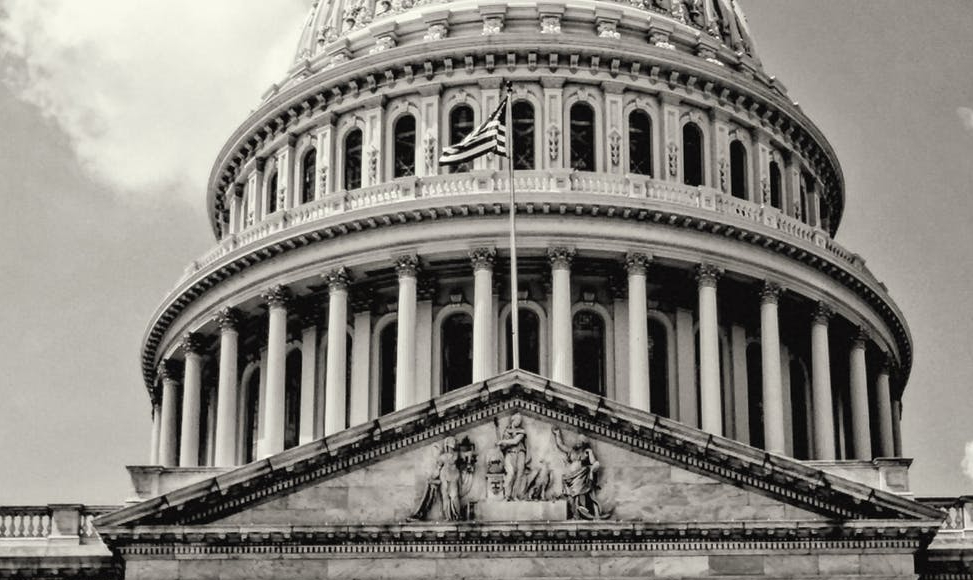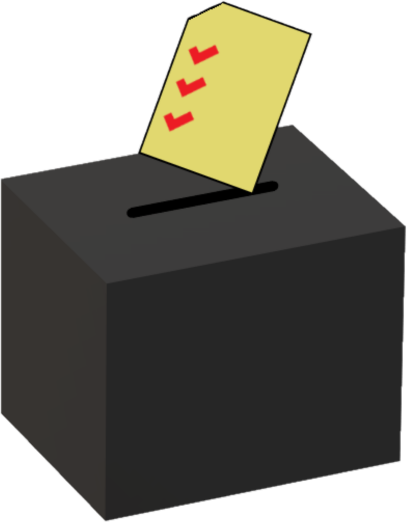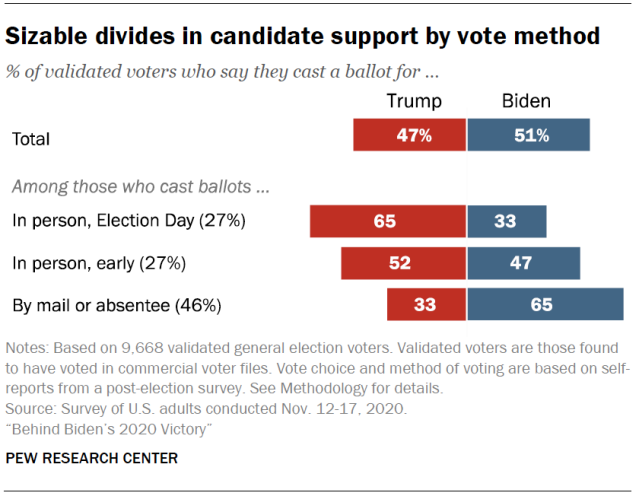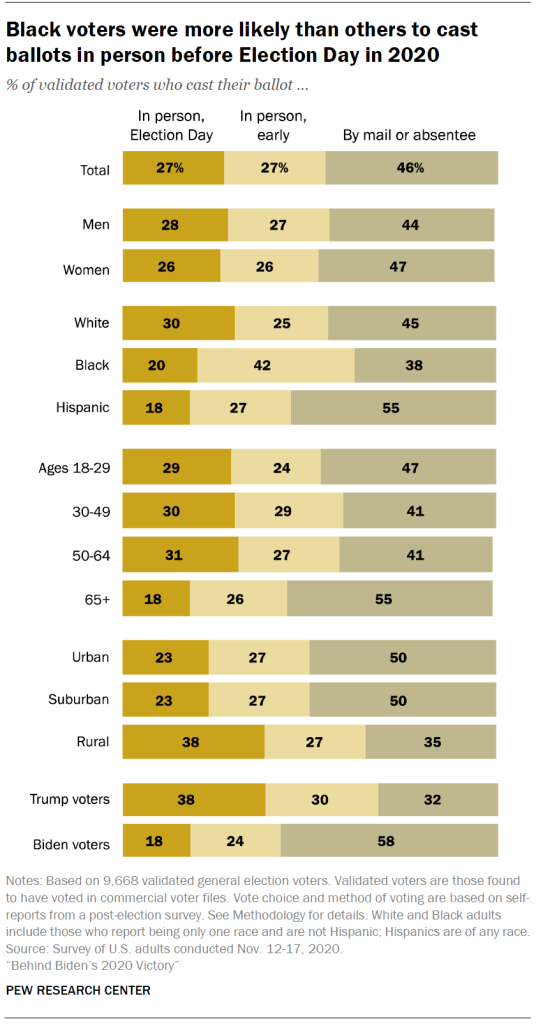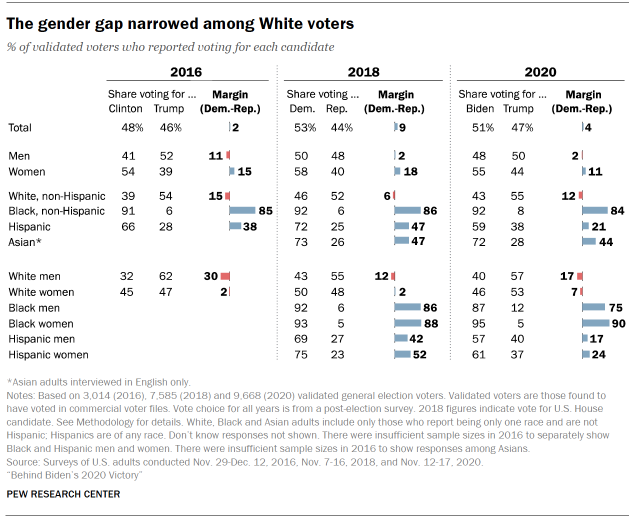Welcome to my brand new “Not an Economist” series, where I talk about economics with the small caveat that I’m not an economist so I may very well be talking out of my ass. Enjoy!
With Congress coming back from a two week recess and the clock winding down until the midterms, word on the street is Democrats are ready to restart formal negotiations on another reconciliation bill. As I’ve argued in the past, the old Build Back Better wasn’t going to have much of an effect on inflation either way. It might have slightly increased inflation in the short term (and by slightly I mean a few tenths of a percentage point) because much of the spending was frontloaded, but it would have likely lowered inflationary pressure over the long term – since it was fully paid for and would increase the productive capacity of the economy. But, of course, that bill is dead. The new bill doesn’t exist yet but from what I can glean from what’s been reported it looks like it will be better designed to ease inflationary pressure, both in the short-term and the long-term, and will lower the burden of high prices on working families. For starters, here’s what the the bill will probably look like:
1. Lower the cost of prescription drugs
2. Extend the expanded Obamacare subsidies
3. Massive investments in clean energy
4. Raise taxes on those making more than $400,000 a year
5. Reduce the deficit
So how would these items lower inflation? Well the first two are self-expanatory. By allowing medicare to negotiate prices, the bill will bring down the cost of prescription drugs. Extending the Obamacare subsidies, which were made more generous by the American Rescue Plan, would keep out-of-pocket healthcare costs down for most people. These would have the added benefit of keeping people healthy so they don’t miss work and could help nudge those still sitting on the sidelines back into the workforce. More workers means we can produce more things which will help ease some of the supply-chain shortages fueling inflation. And more workers also means companies won’t have to compete as much for talent, which would lower the upward pressure on wages – another contributor to inflation.
Everyone is upset about the price of gas these days. Well while we can take steps to bring down gas prices in the short-term, a long-term solution would be to move away from oil and gas entirely to cheaper, cleaner sources of energy. Onshore wind and solar are currently the cheapest ways of generating electricity. Making the investments to expand these technologies will drive down energy costs and make us less reliant on other countries for our energy needs. I know everyone talks about wanting to be “energy independent” but the truth is that we only have about 4% of the world’s proven oil reserves. We consume around 20% of the world’s energy every year. The only way to be truly “energy independent” is to move to sources of energy we have in abundance here at home. As someone who lives in California, let me tell you, we’ve got plenty of sun. And I’ve asked some of my friends in Chicago. Turns out we’ve got plenty of wind too! The other benefit of doing this is that it will save lives. More than 100,000 people die in this country every year from air pollution. From a strict macro-economic standpoint more people alive equals more workers which means lower inflation.
It’s long been a charge from the right that raising taxes, especially for those at the top, slows economic growth and hurts the economy. Well for once there’s an argument that that’s exaclty what we need to do. It kind of confounds me that Democrats haven’t been pushing more for raising taxes on the wealthy, since it’s one of their most popular agenda items, and since it’s a natural solution to fighting inflation. If pumping too much money into the economy causes inflation, it stands to reason that taking money out of the economy will lower inflation. Raising taxes could slow economic growth and stunt job growth but in an economy that’s running too hot that might be a good thing. Taking excess money out of the economy and using it to pay down the deficit will have long-term benefits for the economy and lower inflation in the short term.
Finally I’d be remiss if I didn’t mention another bill making its way through Congress that could help with inflation. It’s the China competition bill. One of the big drivers of inflation early on was the rapidly rising price of used cars, as a semiconductor shortage made companies unable to produce enough new cars to meet demand. China’s recent lockdown of Shanghai, which has caused even more supply chain snags, is a good reminder of the dangers of relying on other countries (especially adversaries) for essential items. Investing in the manufacturing of these components here at home will help ease the burden of supply chains snarls, and ease inflationary pressure.
The truth is that there isn’t much fiscal policy makers can do about inflation. That is Fed’s wheelhouse. But we can and should act where we can to move things at the margins. The good news is Democrats can still pass much of their agenda without having to worry about increasing inflation. In fact, the small effect it will have on inflation will be to bring down prices. And that is good for everyone.
